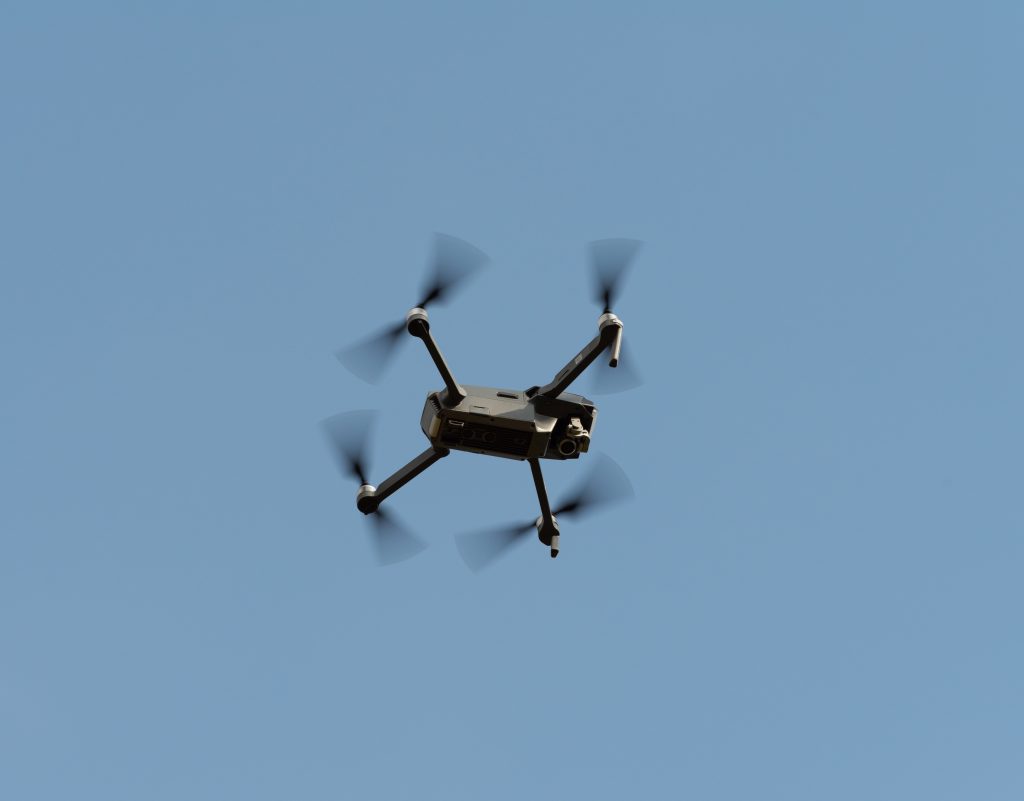Small Unmanned Aerial System Applications in the Building Enclosure Industry: Using Thermal Imaging to Assess Building Performance

In the architecture, engineering, and construction (AEC) industry, several disciplines have seen how small unmanned aircraft systems (sUAS) or drones can make critical, and sometimes dangerous, tasks more efficient, precise, and accessible. For example, drones can be used to perform thermal imaging scans to detect air, moisture, and heat leakage from a building enclosure—the glass, concrete, insulation, and other materials separating the inside and outside environments. Leaky buildings can be costly and dangerous, leading to damaged finishes, increased energy costs, and mold growth within walls and roofs. Infrared thermography is a relatively cost-effective, easy-to-use, nondestructive tool for these types of conditions, but the results require expert interpretation. By using drone technology correctly, AEC professionals can get detailed results to make informed recommendations that address underlying building concerns.
In this article, we will explore how the AEC industry has implemented drone use to conduct thermal imaging scans of buildings, address some of the nuances of using drones around building enclosures, and discuss the differences of sUAS methods compared to handheld scanning techniques. We will review industry standards and guidelines and share common project challenges and opportunities through a series of case studies.
Publisher
IIBEC Interface